Plastics
Plastic is a very useful material but can be harmful if not recycled properly. The biggest issue is single-use plastics. Approximately five million tonnes of plastic is used every year, nearly half of which is packaging.
There are lots of different types of plastic. Each type has different chemical properties making them hard to recycle all together. When you look in your rubbish bin, most of the items in it, after you’ve recycled everything you can, are made from plastic. For example, shrink wrapping and trays for meat and fish. You can take easy and quick steps to reduce the amount of plastic you throw away.
Impact of Plastics
In the UK it is estimated five million tonnes of plastics with the carbon equivalent of 30 million tonnes is used every year, nearly half of which is plastic packaging.
Plastic waste often ends up as litter in the natural environment, which in turn can pollute soils, rivers and oceans, and harm the creatures that inhabit them
Plastics collected in West London are sent for reprocessing so they can be turned into new products.
- Don’t buy products you think have too much packaging.
- Buy loose fruit and vegetables not ones in punnets, when you have the choice.
- Buy large bottles so you don’t have to buy as many.
- Buy refillable containers and make sure you buy the refill packs with less packaging.
- Get milk delivered to your door. Glass milk bottles are used up to 20 times before being recycled.
Reuse plastic boxes such as takeaway containers and ice cream tubs to store other items including leftovers.
Plant seeds in yoghurt pots until they are big enough to be planted in your garden.
Use plastic packaging to protect items you send in the post.
Make plastic tubs into an attractive hamper as part of a home-made present
Reuse plastic bottles by filling them up with tap water.
If you have a collection of mixed plastics, check which plastic items you can put in with your recycling. Not all plastic items can be recycled.
What does the triangle mean on plastics?
Contrary to popular belief, the three arrow triangle you see on plastics does not necessary mean that the item is recyclable. The number that you see inside the triangle tells you the composition and type of the plastic.
1 PETE
Polyethylene terephthalate
Soft drink bottles, mineral water, fruit juice container, cooking oil
2 HDPE
High-density polyethlene
Milk jugs, cleaning agents, laundry detergents, bleaching agents, shampoo bottles, washing and shower soaps
3 PVC
Polyvinyl chloride
Trays for sweets, fruit, plastic packing (bubble foil) and food foils
4 LDPE
Low-density polyethylene
Crushed bottles, shopping bags, highly-resistant sacks and most of the wrappings
5 PP
Polyproplene
Furniture, luggage and toys
6 PS
Polystyrene
Toys, hard packing, refrigerators trays, cosmetic bags, costume jewellery, CD cases and vending cups
7 Other
Other plastics
Acrylic, polycarbonate, polyactic fibers, nylon and fiberglass
Source - https://learn.eartheasy.com/articles/plastics-by-the-numbers/
Please check with your council to see what items you can and cannot recycle.
Still wanting to visit your local Recycling Centre?

Brent recycling centre
Find out more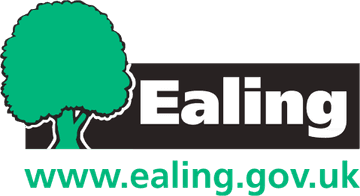
Ealing recycling centre
Find out more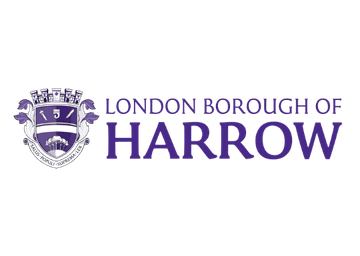
Harrow recycling centre
Find out more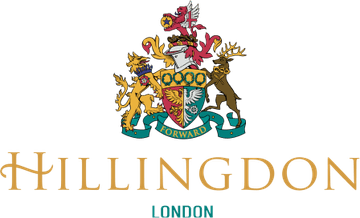
Hillingdon recycling centre
Find out more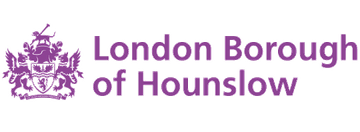
Hounslow recycling centre
Find out more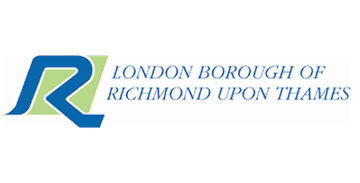
Richmond recycling centre
Find out moreFurther reading